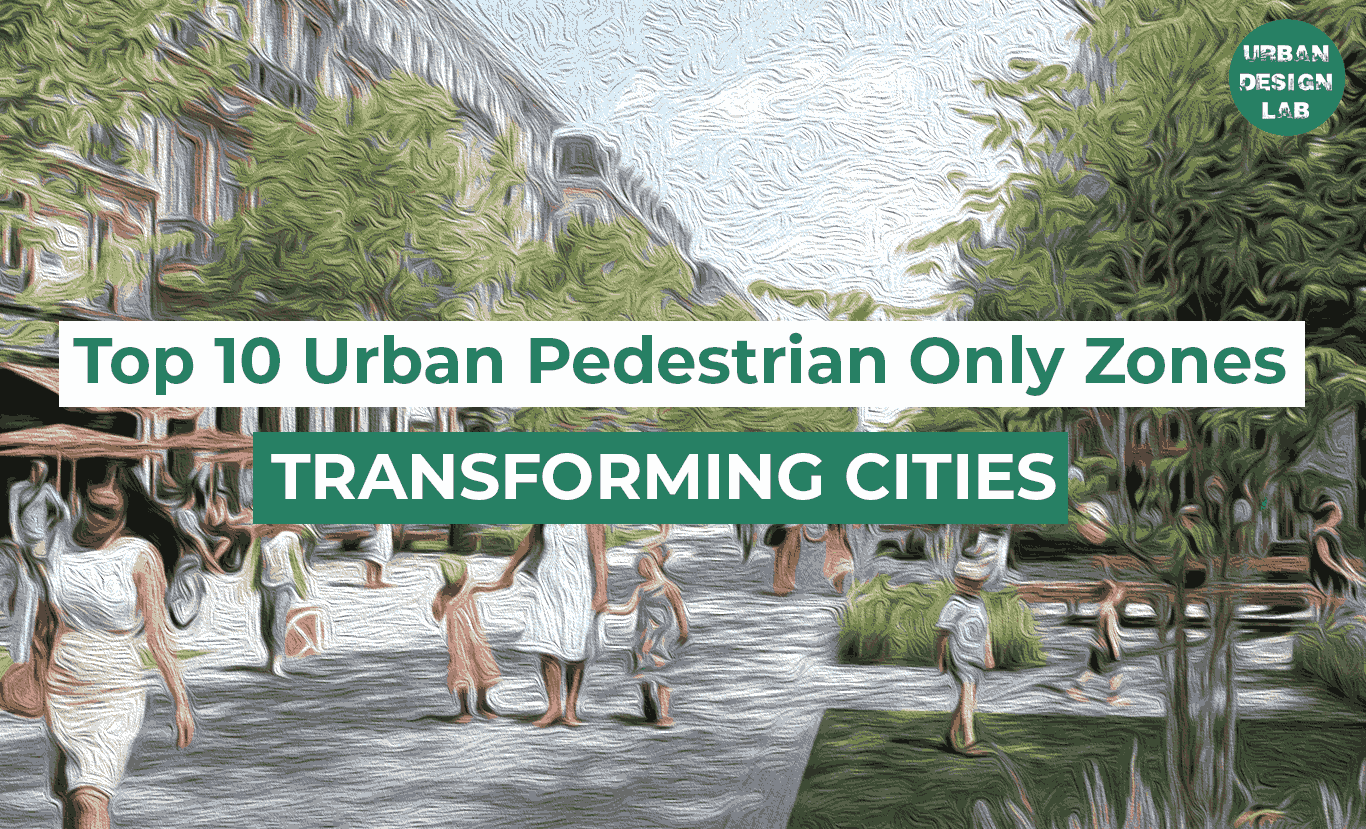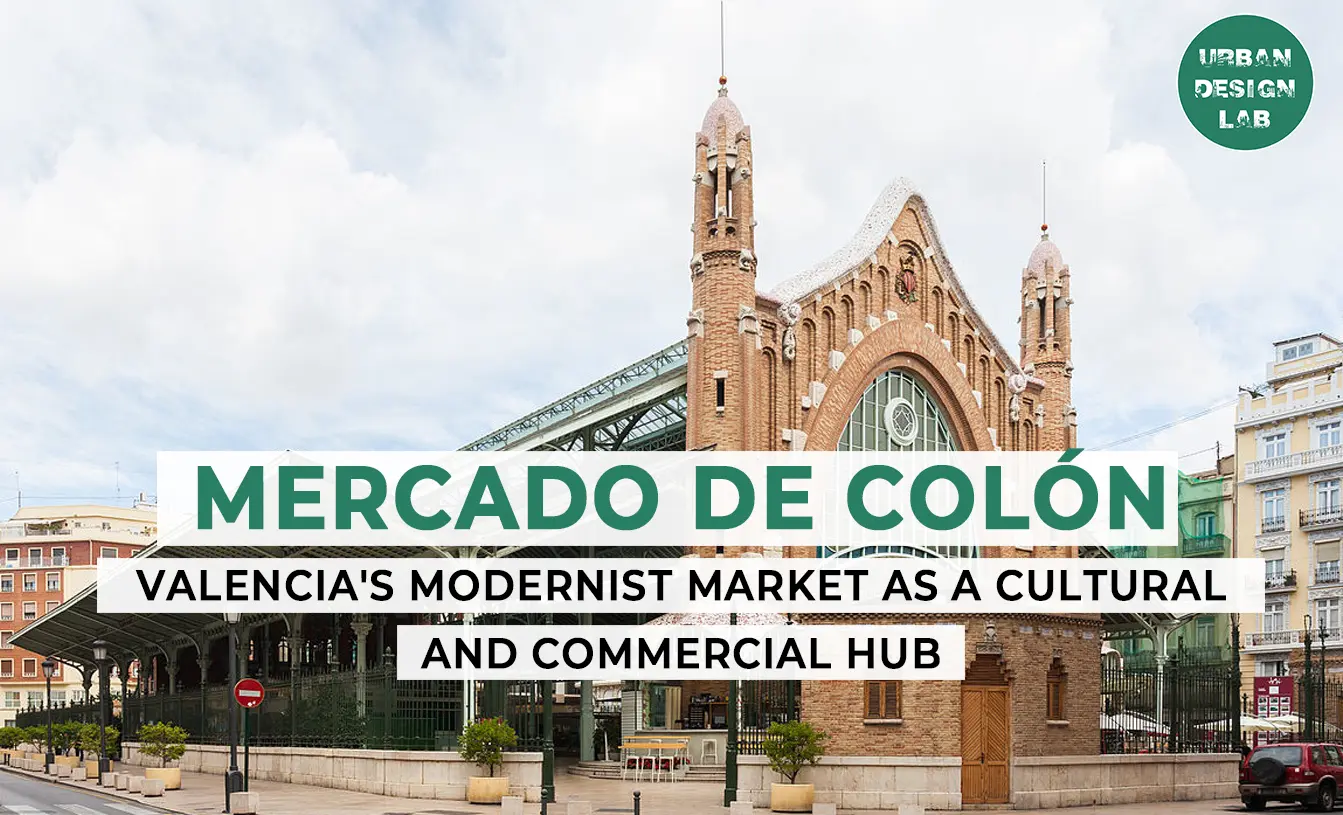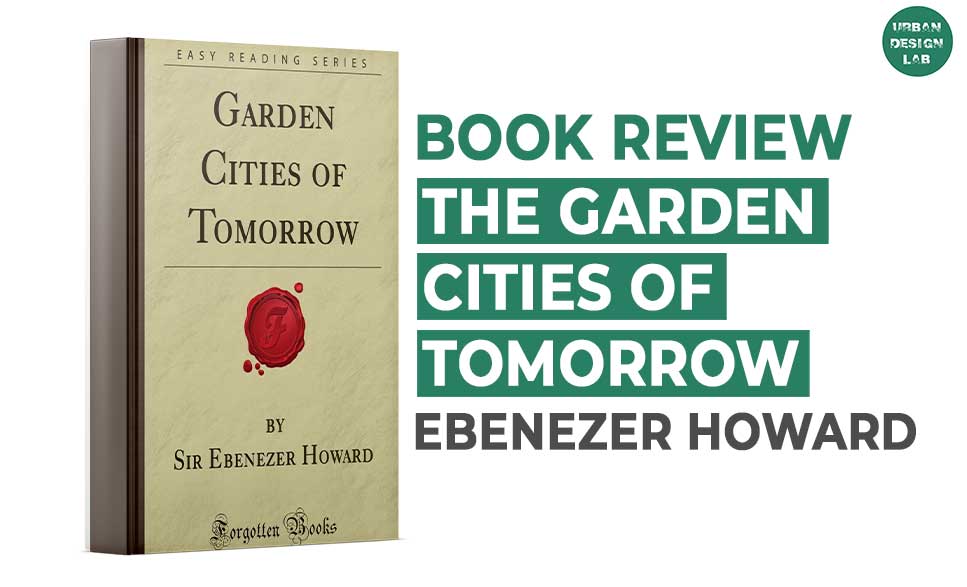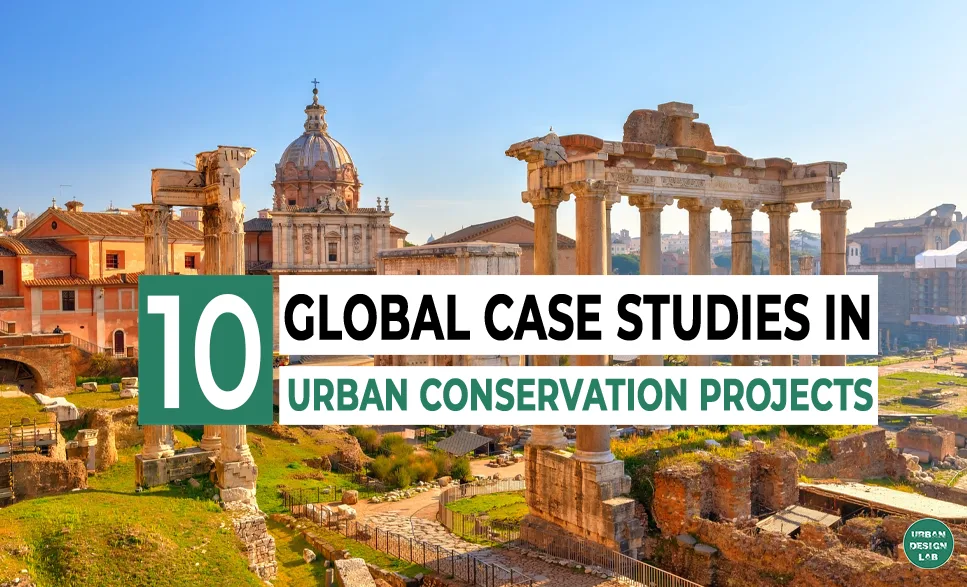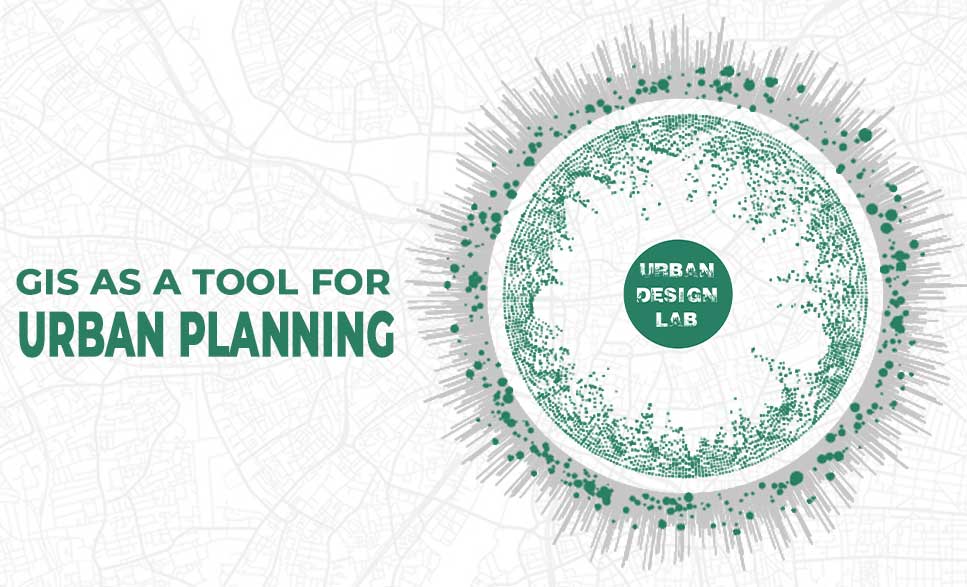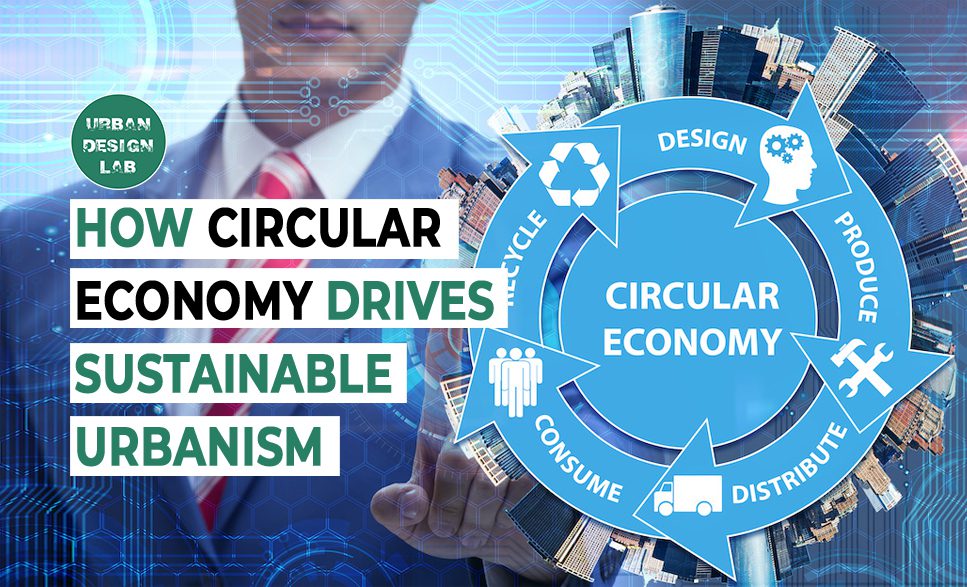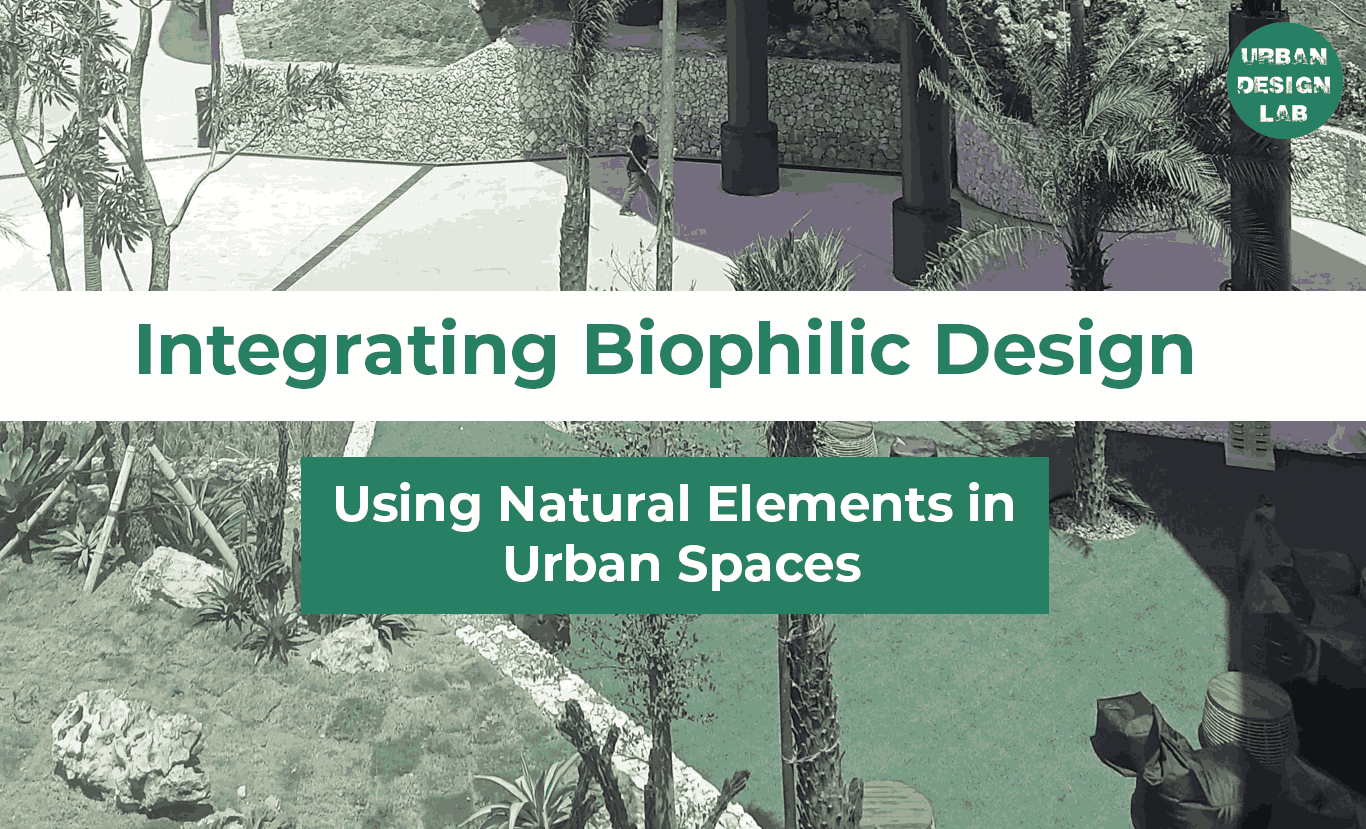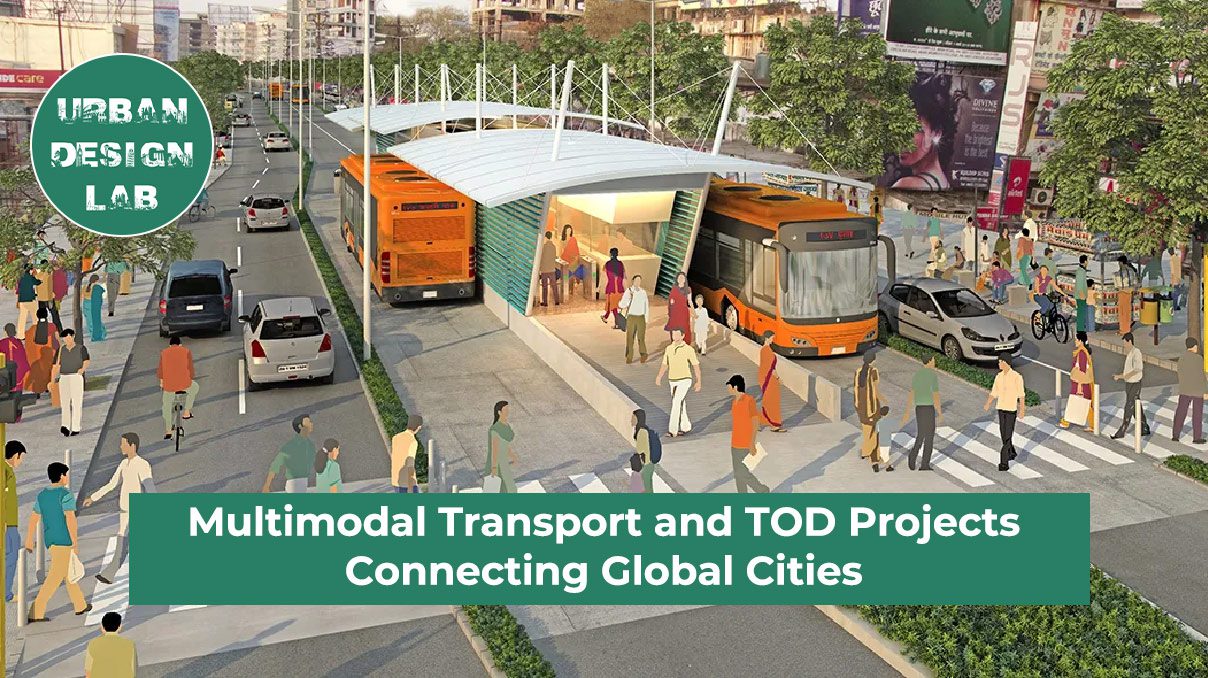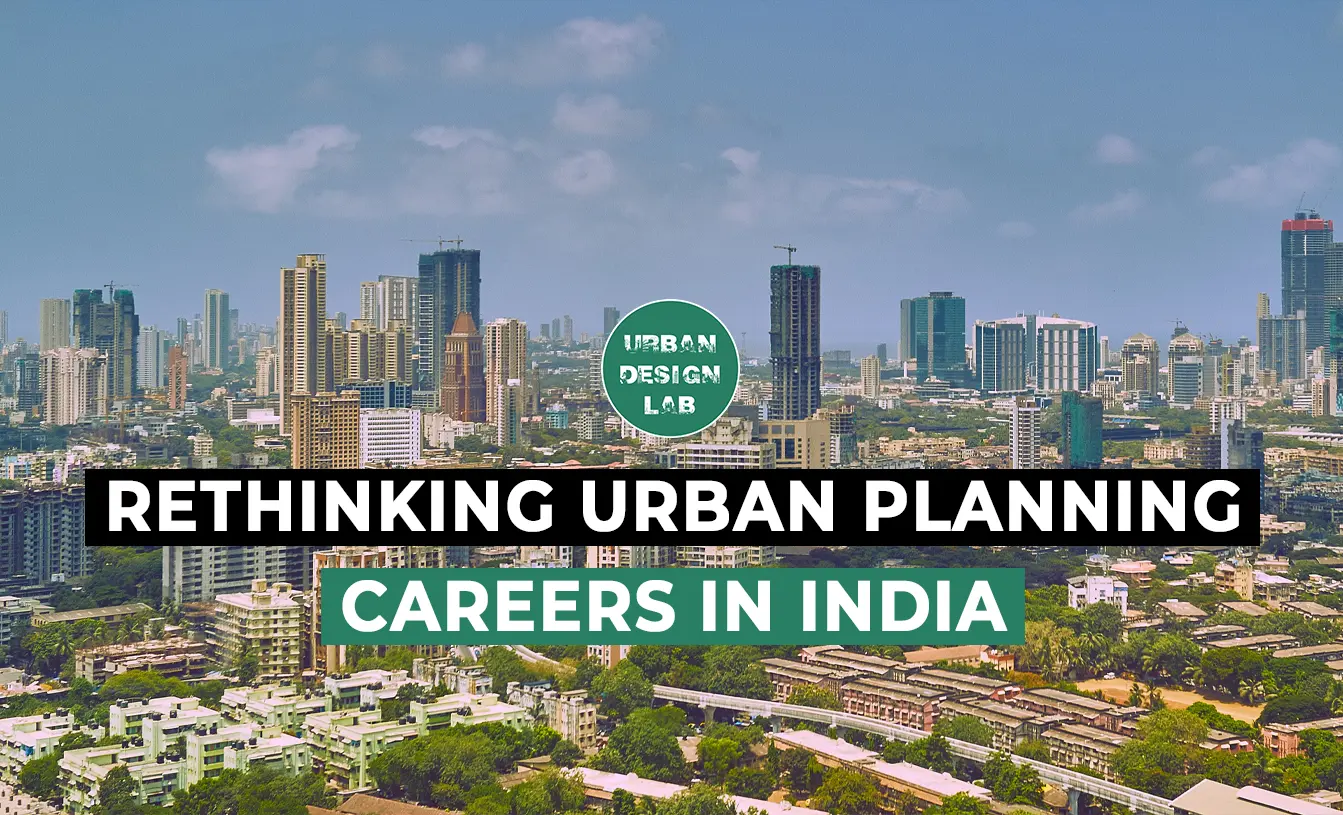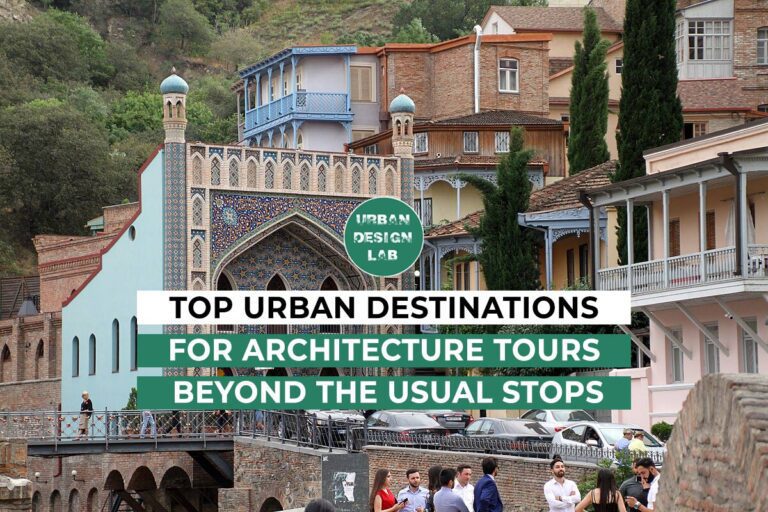
Designing cities for the health of people and planet
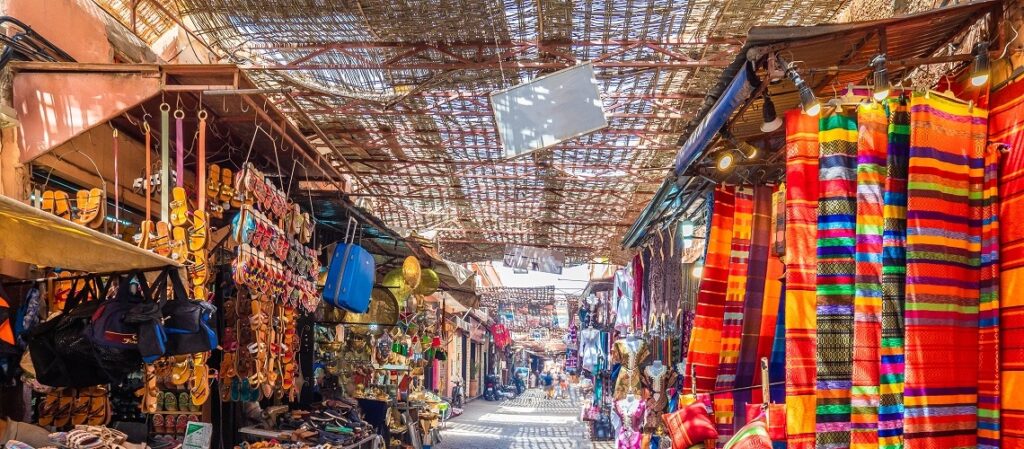
In a changing climate—with more frequent, longer lasting, or extreme wind, rain, snow, cold, and heat—how can urban planning and design influence our mobility choices? And how can city governments around the world nudge urban-dwellers to choose low-carbon transport options? I pondered these questions often during the COVID-19-related lockdown, when my daily walk provided exercise and time to reflect—even when it was hot, cold or rainy. I drew several conclusions:
- Getting people to choose to walk or bike is in part about the proximity of activities, such as work, shopping, socializing, or entertainment (the destination). It’s also about comfort and enjoyment (the journey).
- People who can walk or bike safely and comfortably to get around the city are fortunate; increasingly turbulent weather and pandemic risks can make driving or taking a crowded bus feel riskier.
- At the same time, walking in many places around the world is the only way to get around—and it’s becoming more challenging as more extreme heat, rain or cold becomes more frequent.
- If cities could support safe and comfortable walking and biking as a means of transportation, they would be promoting the health of their people and planet (physical exercise and zero carbon).
- Many cities where I’ve worked or visited—including Fez, Morocco and Hanoi, Vietnam—have made walking or biking reasonably comfortable, even in hot or rainy weather.
Reflecting on this led me to think about urban designs in different cities around the world and how these solutions—old or modern—support a walking or biking culture. Some examples from different regions come to mind. I am hoping these cities’ designs can spark ideas for keeping pedestrians and cyclists comfortable during their commutes while also minimizing urban carbon footprints.
- In the Mediterranean region, city designs provide shade, natural ventilation, and light-colored buildings to bounce off the heat. For example, in Fez, Morocco, narrow streets and urban geometry provide wind tunnels that invite a breeze and offer shade. In Bologna, Italy, there are 38 kilometers of porticoes that shelter sidewalks from the sun and rain. In Mykonos, Greece, all built surfaces are light colored or whitewashed to reflect the heat.
- In Edinburgh, Scotland, the urban fabric is primarily local soapstone or igneous rock, which are dark in color. These stones are great at absorbing and re-emitting daytime heat; they help warm the city at night during the cold winters.
- In Hanoi, Vietnam and Tokyo, cities that have a heavy rainy season, there is a built-in “umbrella culture” where small shops and street vendors stand ready to sell colorful umbrellas, rain hats or ponchos to pedestrians and cyclists in the event of a sudden downpour.
- In Chicago and Montreal, where winters get very cold, there are underground tunnels and shopping areas that connect neighborhoods. Schools have dedicated changing rooms and lockers to store winter and snow gear once people are inside.
- In Amsterdam, where 70 percent of journeys are made by bike, many employers and buildings offer showers and changing rooms to freshen up after the commute.
- In Washington, D.C., the goal is to have 40 percent of the city covered with shade trees to absorb and retain storm water and urban heat, while also creating a shaded, healthier and more pleasant pedestrian experience and quality of life.
- In Curitiba, Brazil, the city trailblazed a green laboratory for urban planning and transformed the Rua Quinze de Novembro from an automobile thoroughfare into a pedestrian mall.
All these examples show that when cities make walking and biking pleasant and easy, people see it as an invitation to do so when they can. “When urban spaces are thermally comfortable, city dwellers spend more time outdoors. This has several benefits for human health and well-being, also reducing indoor energy consumption and contributing to the local economy,” explain M. Elnabawi and N. Hamza in an article published in MDPI’s journal Sustainability, in 2020. “Studies on outdoor thermal comfort have highlighted the need to develop interdisciplinary frameworks that integrate physical, physiological, psychological, and social parameters to assist urban planners and designers in design decisions.”
As cities think about low-carbon, climate-resilient planning, investment, and urbanization, it is important to have a set of integrated measures that encourage active mobility and public transport —from the 15-minute city model that puts people close to shops, jobs, and daily activities; to introducing nature and shade throughout the public urban-space network; to quality urban planning that considers the micro-climate implications of the urban form, fabric, and design. Cities must serve the needs and new realities of a changing and more extreme climate and put people’s health, resilience, and comfort at their core. It’s not just about access and choice; it’s also about comfort.
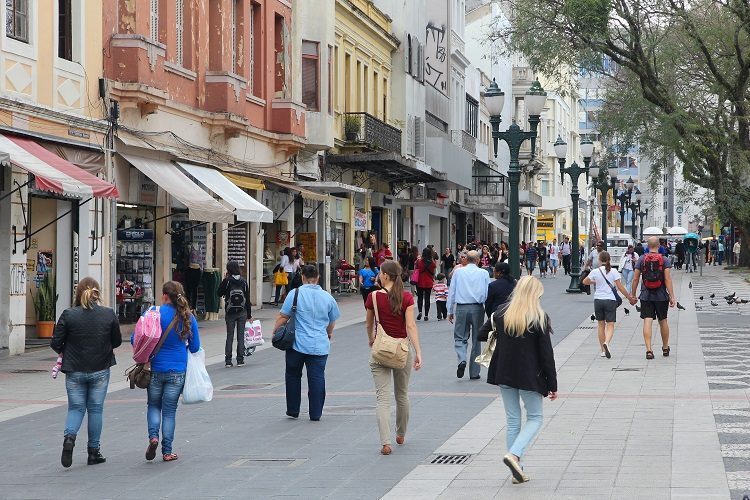
Author: SANDRINE BOUKERCHE
Program: Healthy Cities
Publisher: World Bank Blogs
Year: SEPTEMBER 13, 2021
Related articles

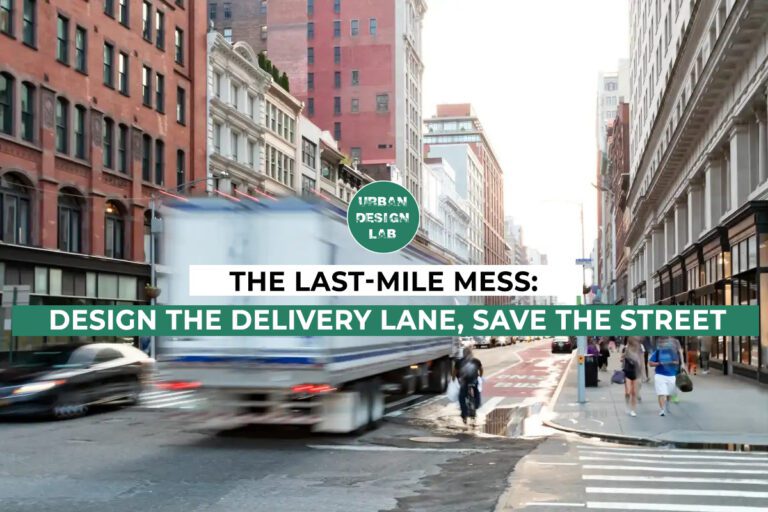
Designing the Last Mile Delivery Lane to Save Urban Streets
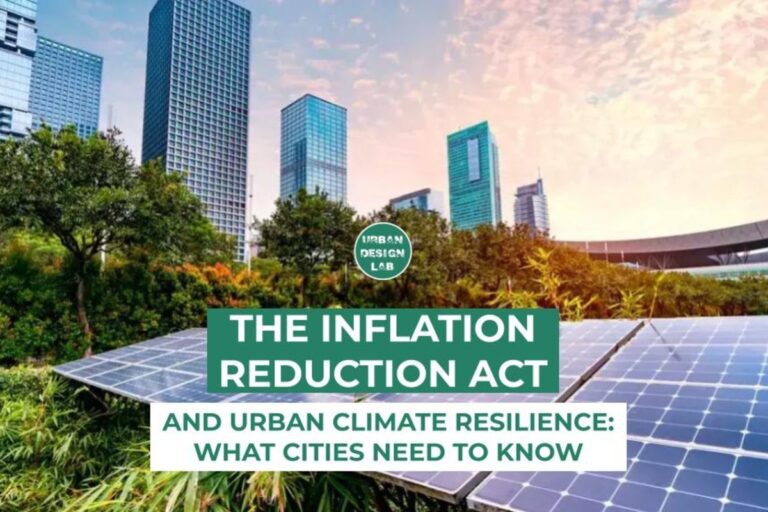
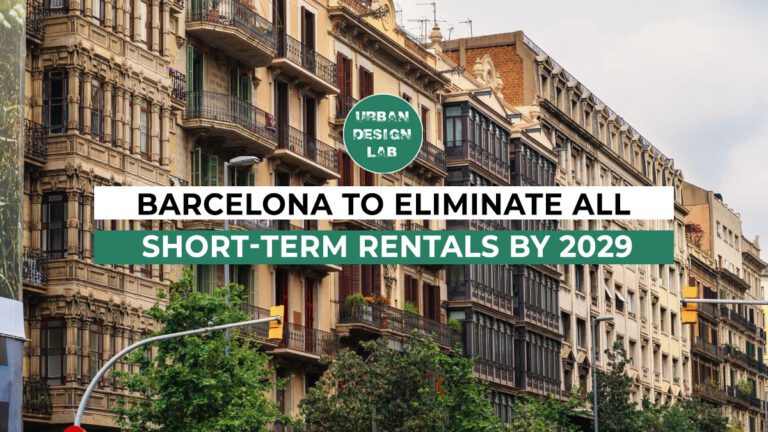
Barcelona to Eliminate All Short-Term Rentals by 2029

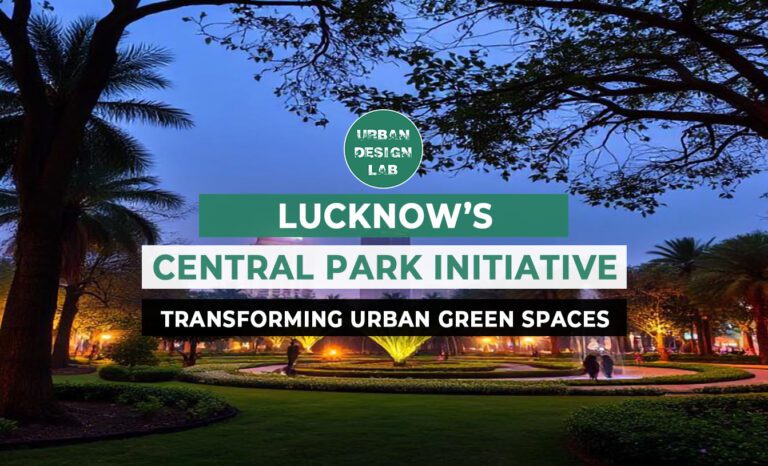
UDL Illustrator
Masterclass
Visualising Urban and Architecture Diagrams
Session Dates
17th-18th January 2026

Urban Design Lab
Be the part of our Network
Stay updated on workshops, design tools, and calls for collaboration
Curating the best graduate thesis project globally!

Free E-Book
From thesis to Portfolio
A Guide to Convert Academic Work into a Professional Portfolio”
Recent Posts
- Article Posted:
- Article Posted:
- Article Posted:
- Article Posted:
- Article Posted:
- Article Posted:
- Article Posted:
- Article Posted:
- Article Posted:
- Article Posted:
- Article Posted:
- Article Posted:
- Article Posted:
Sign up for our Newsletter
“Let’s explore the new avenues of Urban environment together “

























